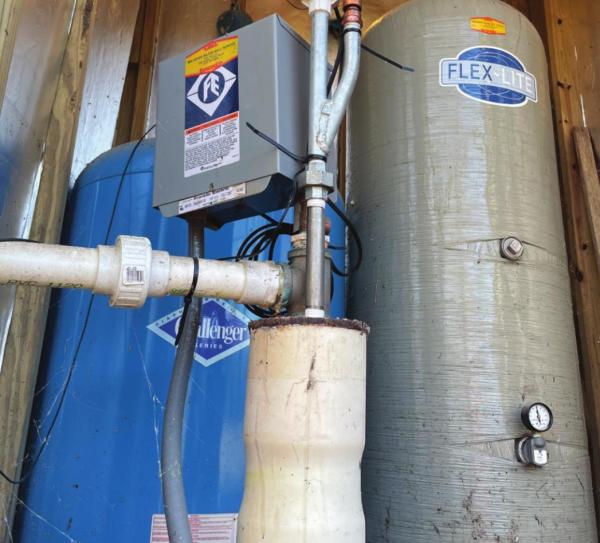The danger of hidden leaks
After record-breaking cold, many central Texans are chasing leaks and working to restore water service. Water utility customers can use their meters to check their plumbing integrity, but well owners will have a harder time verifying that all leaks have been found. Groundwater levels in our aquifers are low, and the NOAA Climate Prediction Center forecasts that drought will persist in our area at least through the spring if not longer, so finding leaks will help secure our water supplies and protect Hill Country springs, creeks, and rivers. Here’s how:
Water utility customers, pick a two-hour timeframe your whole household can avoid using water. Read your meter (take a photo). After two hours of no water use, read it again and compare it to your previous reading. With no leak, the number should be the same. With a leak or leaks, the meter will show your unintentional water use. If these leaks continue, they will needlessly increase your water bill and deplete water storage in our aquifers.
Well owners, without a meter hidden leaks are more difficult to identify. While not using water, go out to your well house to monitor the pressure tank and listen for the well pump to cycle. If there is no leak, pressure should remain steady and the pump should not have to cycle. A leak would drain water from the pressure tank, and it would lose pressure over time. If you would like to have a professional examine your system, a list of licensed pump and well servicers is available through the Texas Department of Licensing and Regulation. If a leak or leaks continue, costly well and septic system components could wear out faster than with normal use and the increased water use could pointlessly deplete groundwater supplies.
The Texas Hill Country is drought-prone and groundwater-dependent. Fixing hidden leaks now has benefits at multiple scales—from individual homes to neighborhoods and the region. For leak detection tips, links to information cited in this article, well owner resources, the monthly hydro report and more, please visit www.wimberleywatershed.org.
This is the start of a new monthly column from the Wimberley Valley Watershed Association aimed at educating local residents on water-oriented topics. The WVWA is a nonprofit working since 1996 to keep Hill Country springs, creeks, and rivers clean, clear, and flowing for generations to come. Find out more at www.wimberleywatershed.org.



